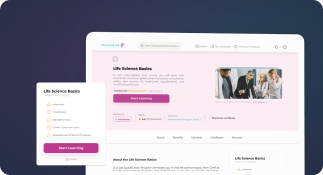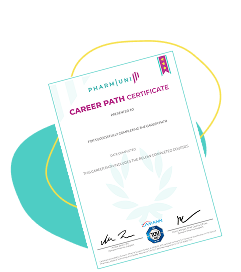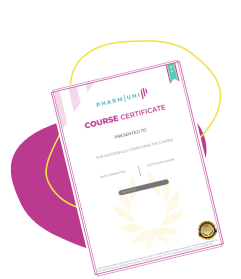In today’s fast-paced work environment, teams must evolve constantly. You need the right people with the right skills—at the right time. But without a clear strategy, team development becomes guesswork. That’s where skills mapping enters the scene. It turns ambiguity into clarity.
Skill assessment shows what your team knows now and what they need to learn next. It helps you understand skill gaps, forecast needs, and build custom training plans. Whether you’re scaling a startup or leading a large team, this method ensures your people grow in the direction your business is heading.
In this article, you’ll learn how to use skills mapping to plan team development efficiently. We’ll break it down into simple steps, provide tools, and help you align team goals with company strategy. With skills mapping, you can build a learning culture that actually works—and your team will thank you for it.

What Is Skills Mapping for Team Development?
Skill assessment for team development means identifying the skills your team already has and comparing them with the skills they need. It’s not just a fancy spreadsheet. It’s a strategic tool that supports workforce planning, upskilling, and better project assignment.
Every team has hidden potential. However, without visibility into each member’s strengths and gaps, leaders struggle to make informed decisions. Skills mapping fills that gap. It offers a bird’s-eye view of where your team excels and where they need support.
Moreover, competency mapping empowers teams to take charge of their own development. When team members know which skills they need to grow, they feel more engaged and motivated. As a result, your team becomes more agile, resilient, and capable of taking on new challenges with confidence.
Why Skills Mapping for Team Development Matters
Here’s why skills mapping should become your go-to strategy for developing high-performing teams:
- Clarity: It gives you a clear picture of your team’s skill levels and growth areas.
- Alignment: It aligns individual development goals with business strategy.
- Engagement: Employees feel valued when their growth paths are visible and achievable.
- Efficiency: You assign tasks and projects based on actual competencies, not guesswork.
- Future Readiness: You prepare your team for evolving market needs and internal shifts.
Getting Started with Skills Assessment: The Basics
Before you dive into advanced tools or analytics, it’s essential to understand the basics of skills mapping. The process starts with observation, data collection, and honest communication. When done right, it sets the foundation for a more resilient and high-performing team.
Skills mapping works best when you include your team from the beginning. It’s not about top-down decisions—it’s about co-creating a clear view of current strengths and future needs. Start simple. Use spreadsheets, interviews, and basic templates. Later, you can introduce specialized software or dashboards.
Follow these steps to begin your skills mapping journey:
- Step 1: Identify Key Roles - List every role within your team or department. Include formal job titles and informal leadership positions.
- Step 2: Define Essential Skills - For each role, identify the key skills required. Include both hard and soft skills (e.g., data analysis, communication, compliance knowledge).
- Step 3: Conduct Self-Assessments - Ask team members to evaluate their skills using a simple rating scale (e.g., 1–5). Encourage honesty and self-awareness.
- Step 4: Gather Manager Feedback - Compare self-assessments with peer or manager feedback to validate ratings and spot discrepancies.
- Step 5: Create Your First Skills Matrix - Use a spreadsheet or matrix template. Add roles as rows and skills as columns. Fill in ratings for each skill.
- Step 6: Visualize the Data - Turn your matrix into a heat map or bar chart. This visual format helps you easily spot skill shortages or overlaps.
- Step 7: Highlight Skill Gaps - Focus on the areas where current skills fall short of what’s needed. These gaps define your development priorities.
- Step 8: Align With Business Goals - Review company strategy or upcoming projects. Make sure your skills planning supports future needs—not just current ones.
How to Use the Skills Matrix to Plan Team Development
A skills matrix is more than a spreadsheet. It’s a dynamic tool that helps you make smarter decisions. Once you’ve built your matrix, use it to guide learning, role assignment, and future planning. Your team’s success depends on continuous improvement—and the matrix keeps that growth aligned with real needs.
Start by reviewing the matrix data with your team. Don’t just store it away. Instead, use it to trigger development conversations. Which gaps matter most? What strengths can support mentoring or cross-training? With this insight, you can match people to projects, design custom learning plans, and prepare for what’s next. In short, the matrix gives your team direction—and helps you lead with clarity.
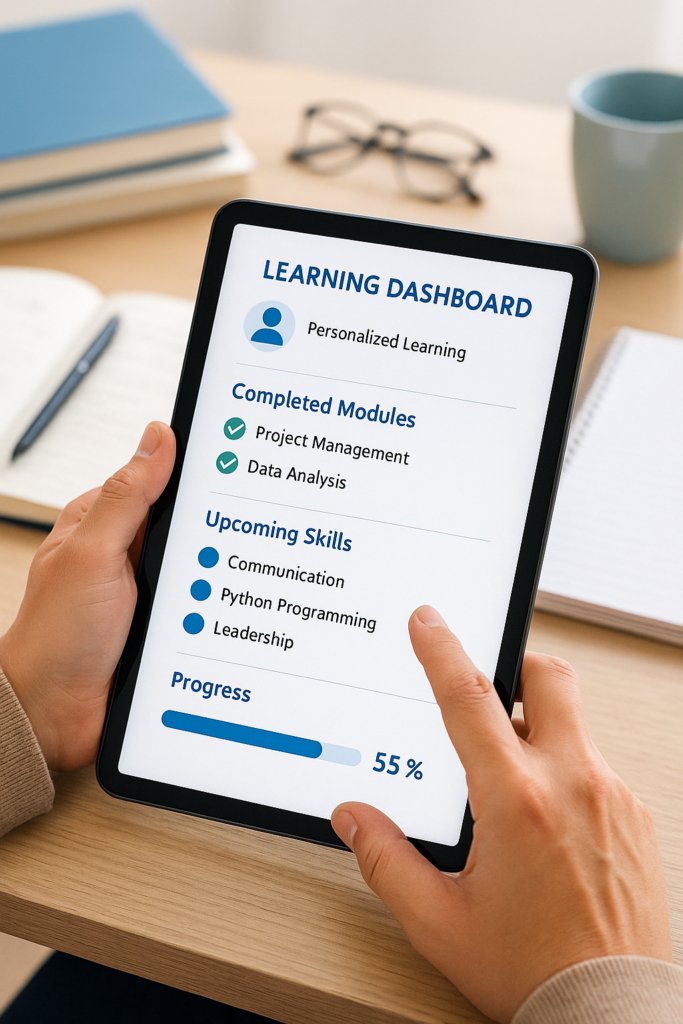
Custom Learning Plans Based on Skills Gaps
Use the matrix to identify what each person needs to grow. Then, create learning paths tailored to those needs. Personalized plans boost engagement and lead to faster results.
Include these key elements in each plan:
- Skill Focus – Choose 1–2 skills to target based on role requirements and matrix gaps.
- Learning Resources – Link to online courses, internal training, or certification programs.
- Timeline – Define short-term and long-term goals with clear deadlines.
- Progress Tracking – Use tools or dashboards to track milestones and adjust plans as needed.
- Feedback Loops – Schedule regular check-ins to celebrate progress and address challenges early.
With this approach, each team member gets a development path that aligns with their role and aspirations.
Dynamic Role Assignment and Career Growth
Your matrix can reveal hidden strengths. Use these insights to assign projects or shift responsibilities. When team members work in areas that match their skills, they deliver better results and feel more confident.
Try these strategies to optimize role alignment:
- Skill-to-Project Match – Assign team members to tasks that match their top-rated skills.
- Career Development Talks – Discuss future roles based on current strengths and long-term company needs.
- Stretch Assignments – Use small challenges to build confidence and develop secondary skills.
- Lateral Moves – Offer role changes that expand experience without requiring promotions.
- Mentorship Pairings – Connect high-skill employees with those looking to grow in similar areas.
This proactive approach helps your team grow from within—while also preparing for organizational shifts.

Common Skills to Include in a Skills Mapping Plan
When designing a skills mapping plan, include a balanced mix of hard and soft skills. Here are key categories to consider:
Technical Skills
Knowledge specific to tasks like data analysis, coding, or lab work.
Communication Skills
Ability to write, speak, and listen clearly in team or client settings.
Project Management
Skills related to planning, organizing, and executing tasks on time.
Leadership
Ability to lead, influence, and support others with confidence.
Problem-Solving
Critical thinking, creativity, and decision-making in challenging situations.
Regulatory Knowledge
Understanding industry regulations, compliance processes, and documentation.
Each item supports a different layer of team development, so include what’s most relevant for your sector.
Ready to Put Skills Mapping into Action?
From Mapping to Execution: Skills in Action
Creating a skills map is a great first step. However, the real magic happens when you use it. A static matrix won’t improve your team—but action will. That means taking clear, intentional steps based on what the data reveals. Now is the time to turn insights into learning plans, mentorships, and strategic project assignments.
Engage your team in this process. Discuss results and next steps openly. When people feel included, they commit more fully. As a result, your team becomes more agile, confident, and ready for future challenges. Don’t let your matrix sit unused—make it your launchpad for real development.

Launching Team Training Programs
Use your skills matrix to create targeted training plans. Focus on current gaps that affect performance most. Tailored training ensures your team learns only what they need—nothing extra, nothing wasted.
Here’s how to get started:
- Select Key Skills – Choose 2–3 priority skills across the team that align with business needs.
- Pick the Right Format – Offer learning through videos, in-person sessions, or self-paced courses.
- Connect to Projects – Link training to real tasks so people apply what they learn quickly.
- Track Results – Use feedback forms, quizzes, or performance data to measure training impact.
- Adjust and Repeat – Review outcomes, update plans, and keep improving your program regularly.
This approach builds momentum and creates a continuous learning culture across your organization.
Building a Mentorship Culture
Mentorship bridges experience and growth. It’s one of the fastest ways to upskill your team naturally. Pair seasoned employees with those who want to grow in a specific skill. Then, guide both parties with structure and goals.
Follow these simple steps:
- Match Thoughtfully – Use matrix data to pair mentors and mentees with aligned goals.
- Set Clear Goals – Define what the mentee should achieve over a set timeframe.
- Create a Schedule – Set regular check-ins (weekly or biweekly) to keep progress steady.
- Encourage Two-Way Learning – Let mentors learn new perspectives or tools from mentees too.
- Celebrate Wins – Acknowledge skill growth and highlight successes within team meetings.
When done right, mentorship strengthens collaboration and spreads knowledge across your organization.

How to Keep Skills Mapping Relevant Over Time
Your first skills map gives you clarity—but it won’t stay accurate forever. As your team evolves, so must your matrix. Technology changes, business priorities shift, and new roles emerge. Therefore, you must review and update your skills map regularly.
Use these steps to keep your mapping strategy fresh and actionable:
- Review Quarterly - Revisit the matrix every three months or after major team or project changes.
- Encourage Self-Updates - Let team members update their skills or interests using a shared form.
- Align with Strategy - Check that your updated skills match future goals or upcoming projects.
- Discuss in Reviews - Use skills data during performance reviews and growth planning.
- Track Progress - Mark completed training or new skills learned to measure development effectively.
Consistent updates keep your skills map useful, accurate, and impactful.
Conclusion
Skills mapping isn’t just a tool—it’s a mindset. It invites leaders to build better teams through understanding, planning, and action. It gives employees direction, clarity, and motivation. And most importantly, it connects individual growth with company success.
Start small. Build your first matrix. Talk to your team. Then take action, whether through training, mentoring, or role adjustment. Use the data to stay flexible as business needs change.
When you commit to skills mapping for team development, your team doesn’t just work better. It thrives, adapts, and leads the way forward.
References:

Stephanie Männicke
Digital Marketing Especialist at Zamann Pharma Support, brings 8 years of experience in Corporate and Digital Communication. Specializing in Digital Marketing and Content Creation, Stephanie is currently focused on creating strategic content for Pharmuni's networks, especially content on topics such as recruitment, onboarding and employer branding. Outside of work, Stephanie is a mum, a crocheter and a movie fan. An avid reader and in search of expanding her knowledge, Stephanie is always looking for ways to innovate communication in the digital environment and connect people in a genuine way.

Pharmaceutical Job Search – How To Find Top Biotech Careers
Kick-start your pharmaceutical job search with a clear plan. Learn where to find quality biopharma job listings, how to filter roles fast, and when to apply. Then upskill with micro-courses, add ISO-9001 certificates, and practice interviews.

Explore Top Remote Pharma Jobs and Start Working Online
Remote work is reshaping pharma hiring. Learn which fields thrive online, from medical writing to pharmacovigilance. See why flexibility, global access, and cost savings matter. Then, search Pharmuni Jobs and type “Remote” in the location filter to discover verified roles and apply fast.
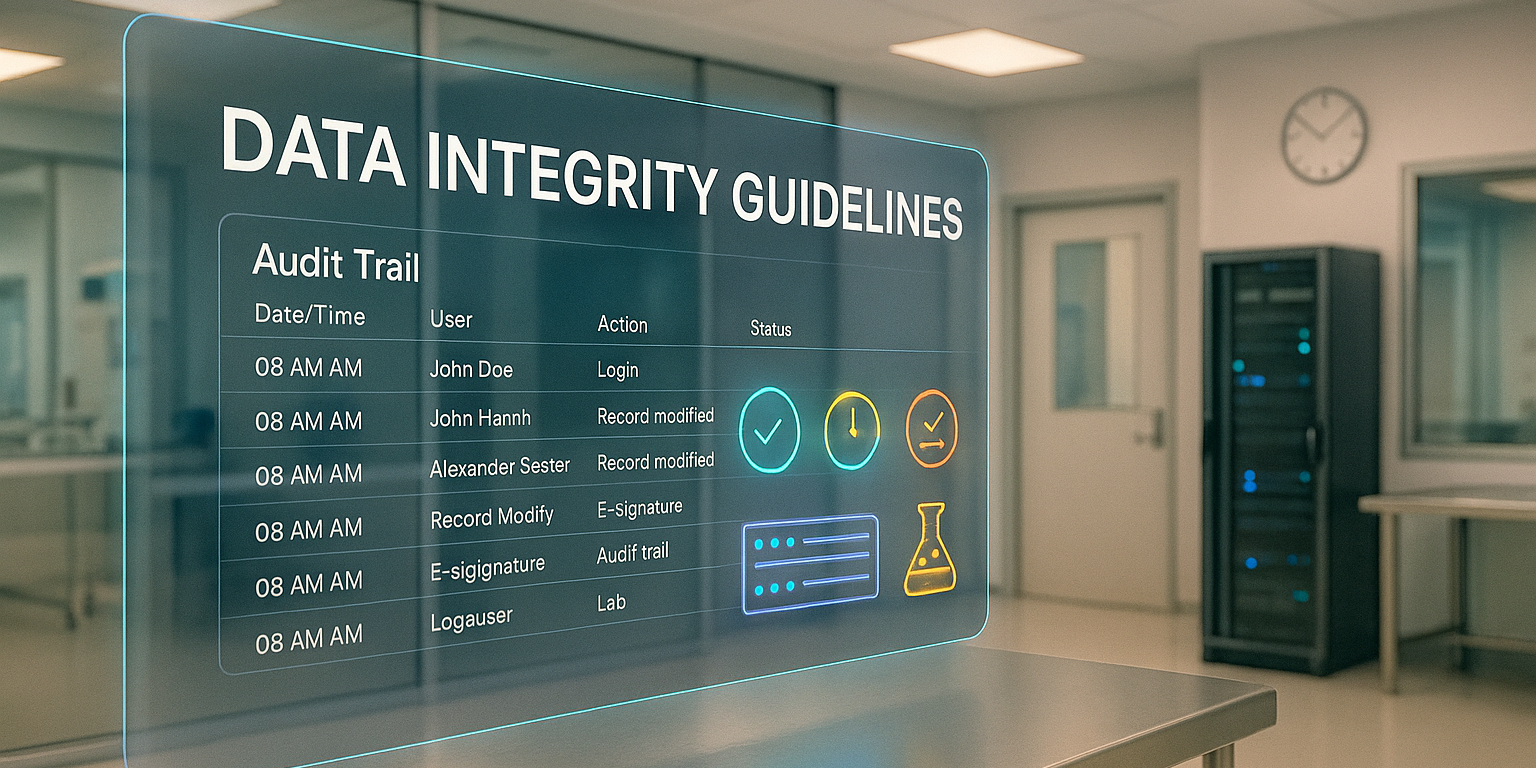
Data Integrity Guidelines: What You Must Do Now
Build trust with data integrity guidelines that translate ALCOA+ into daily controls. Secure systems, validate suppliers, enable audit trails, and prepare for Annex 11 updates. Boost compliance, speed releases, and protect patients. Start now—read the full guide and download the one-page checklist today.
